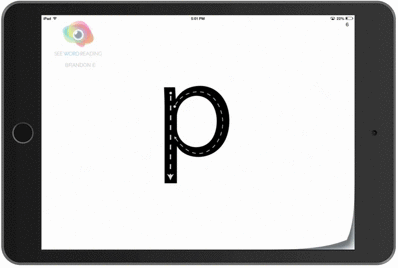Have Fun with Homework!

Education
We noticed homework time can sometimes be a boring or painful process, so our team has narrowed in on how to make the task more fun and engaging for everyone involved. Here are some simple tips from Parenting Magazine to make the learning process the best it can possibly be:
1. Set up a fun and creative space
As you may have noticed in your own academic or professional life, working in a boring or distracting space can make progress difficult. It’s no different for children, so start them off on the right track. Set up a cozy, creative space for your student to work. Avoid busy areas of the house that may be distracting, and keep televisions and any unnecessary technology far away. It’s important your child likes the space and feels comfortable, so with her input, add some color, inspirational imagery, and plenty of academic essentials, such as paper and writing utensils. Just as it’s typically recommended to only use your bed for sleep and not for work, your child will associate this space with just learning and schoolwork, rather than playtime.
2. Track progress for rewards
Setting up a reward system to use as positive reinforcement can help make homework seem less like a chore. Establish some goals with your child’s input and match them with appropriate rewards for something to look forward to. For example, for every assignment completed on time, a star or a ticket is earned and placed on a chart in the homework space. When the chart is full, your prize student can pick a reward, like seeing a fun movie, getting ice cream, buying a new outfit, or getting a new game. Just make sure your child clearly understands the big picture of what good grades mean for his future, so you don’t fall into a trap where your child solely studies as a way to earn treats.
3. Play an educational game
This strategy can work a couple of different ways. You can turn the actual homework assignment into a game. For example, if your student is working on vocabulary words, you can create a flashcard or matching game. If your child is learning math concepts, you can use small pieces of candy to help with the numbers. Subtraction and division units are so much more fun when they can eat a few of those candies!
If you’re unable to come up with a way to turn the assignment into a game, try playing a brain teaser before your student starts studying to warm up, such as chess, Scrabble, Connect Four, or bingo.
4. Work beside your student
Doing homework while the rest of the family is relaxing and having fun can feel isolating for a child. Instead of leaving your student to work alone, join her and accomplish some work of your own. Whether you need to catch up on emails, pay bills, develop a budget, or plan a trip, do it beside your child. It not only helps your child feel that she isn’t the only one working hard, but it also provides an opportunity to lead by example, spend time with your child, and be available for any questions she might have.
These great tips not only apply to assigned homework, but also to educational initiatives in the home. The See Word Reading Home Edition app is a great tool to use outside of school when looking for additional literacy resources. Families enjoy using the interactive app as a tool for time together and independent learning. Either way, your kids will see it more as game and less as work – making your job easier than ever!

Want a Step-by-Step Easy Path to Learn to Read?
See Words: School lays out the fundamental steps in 14 engaging lessons using proven multi-sensory methods and phonics. Download the suite of apps from the Apple App Store now.
